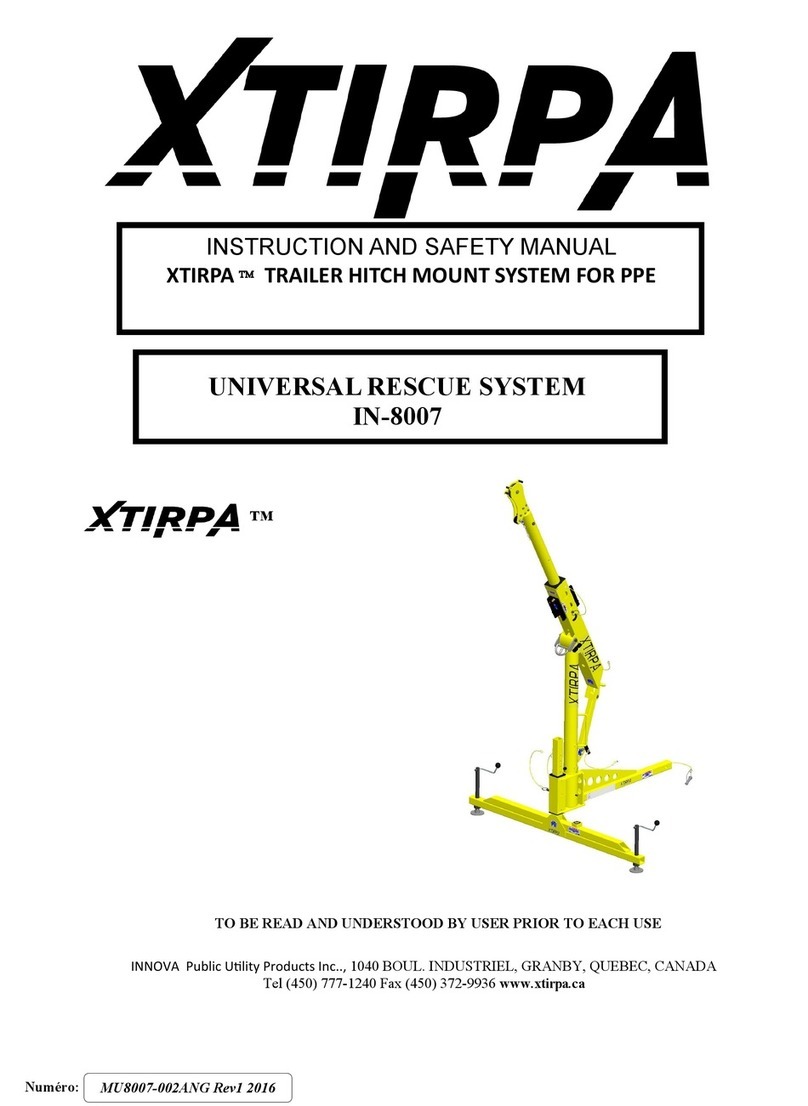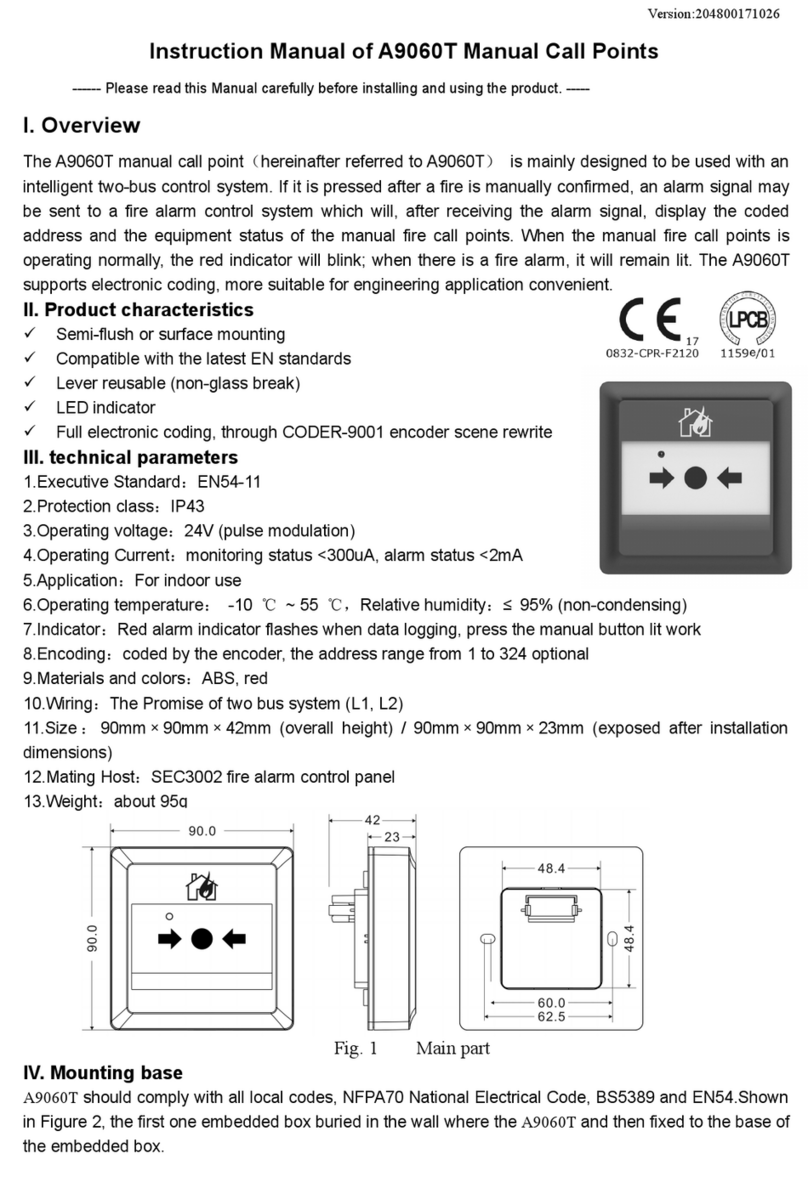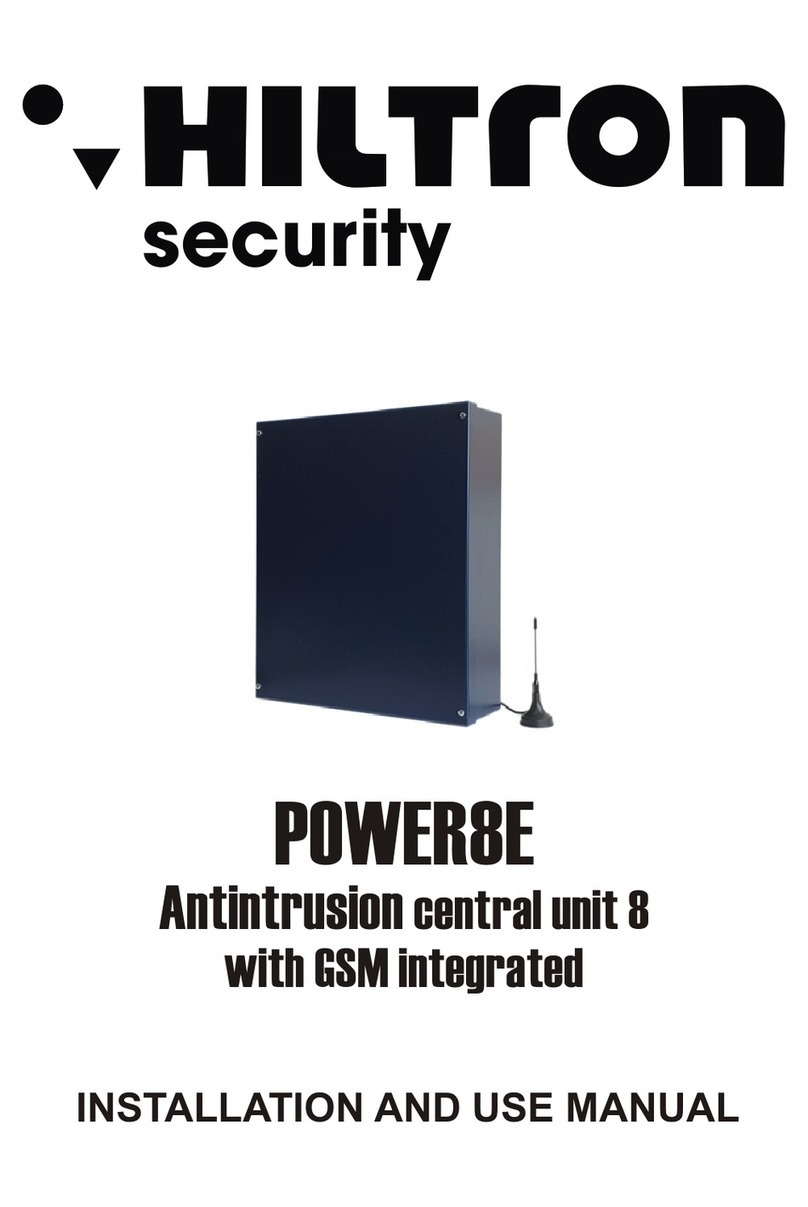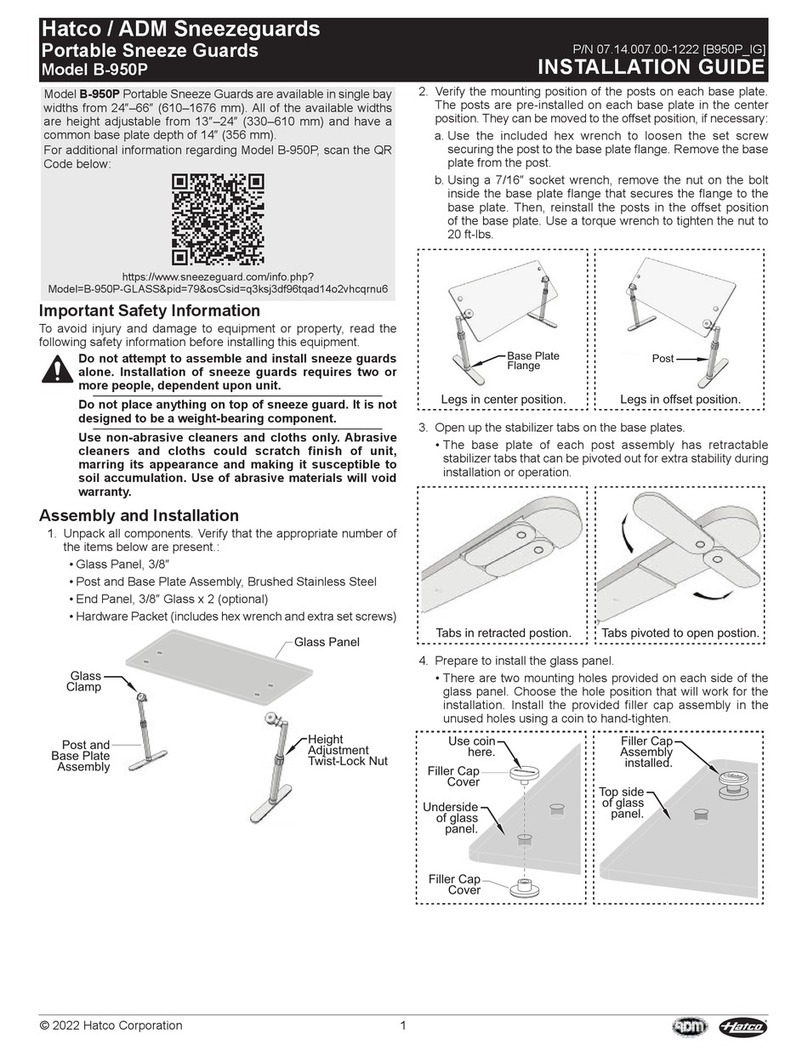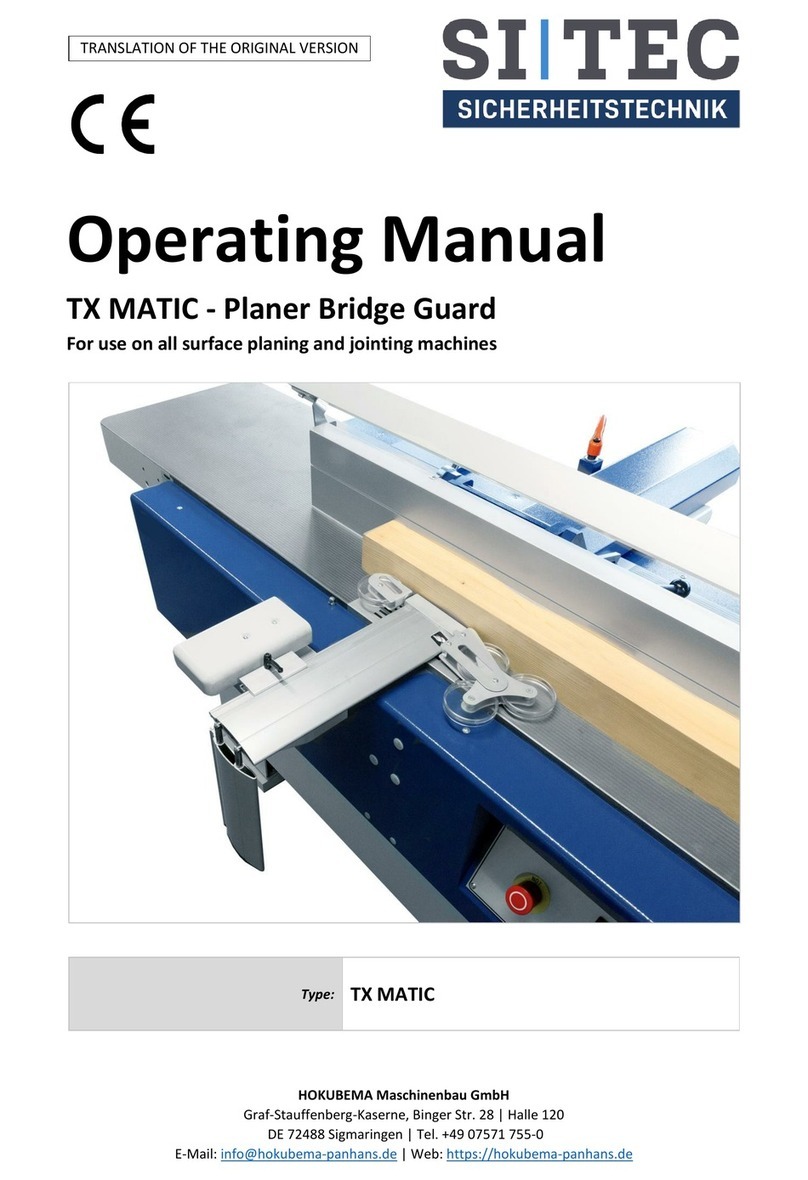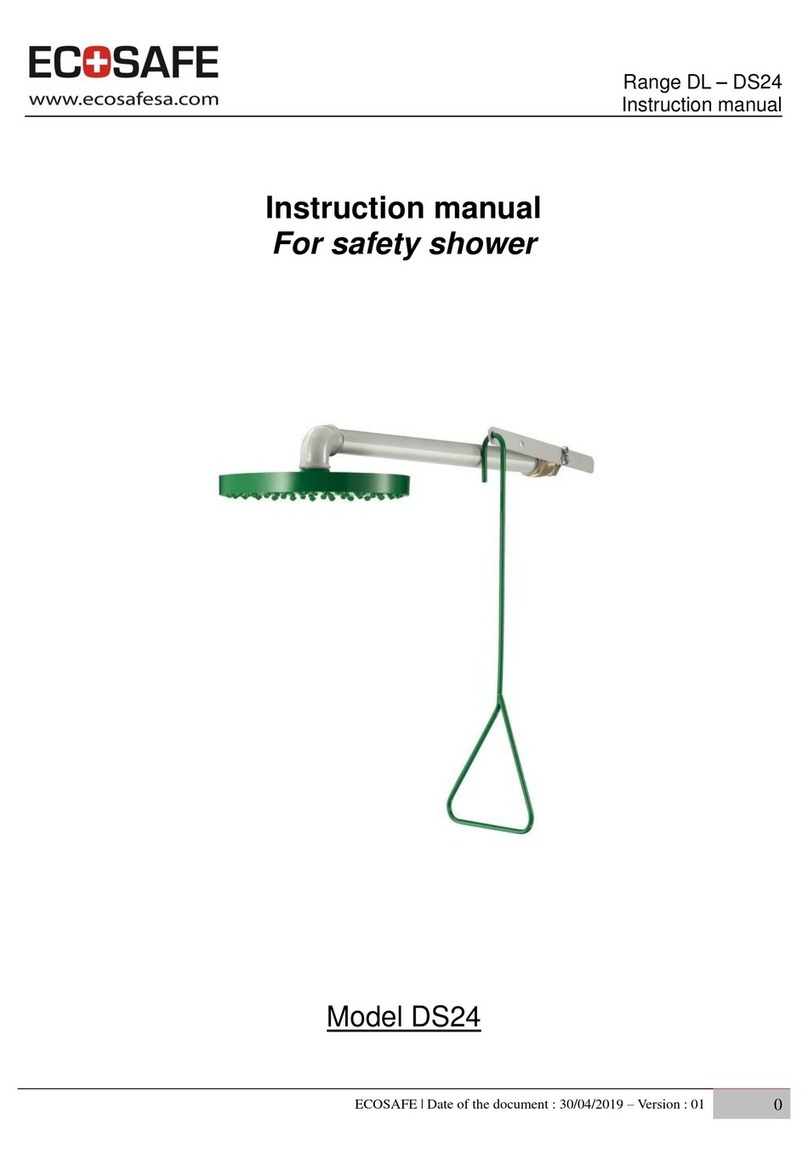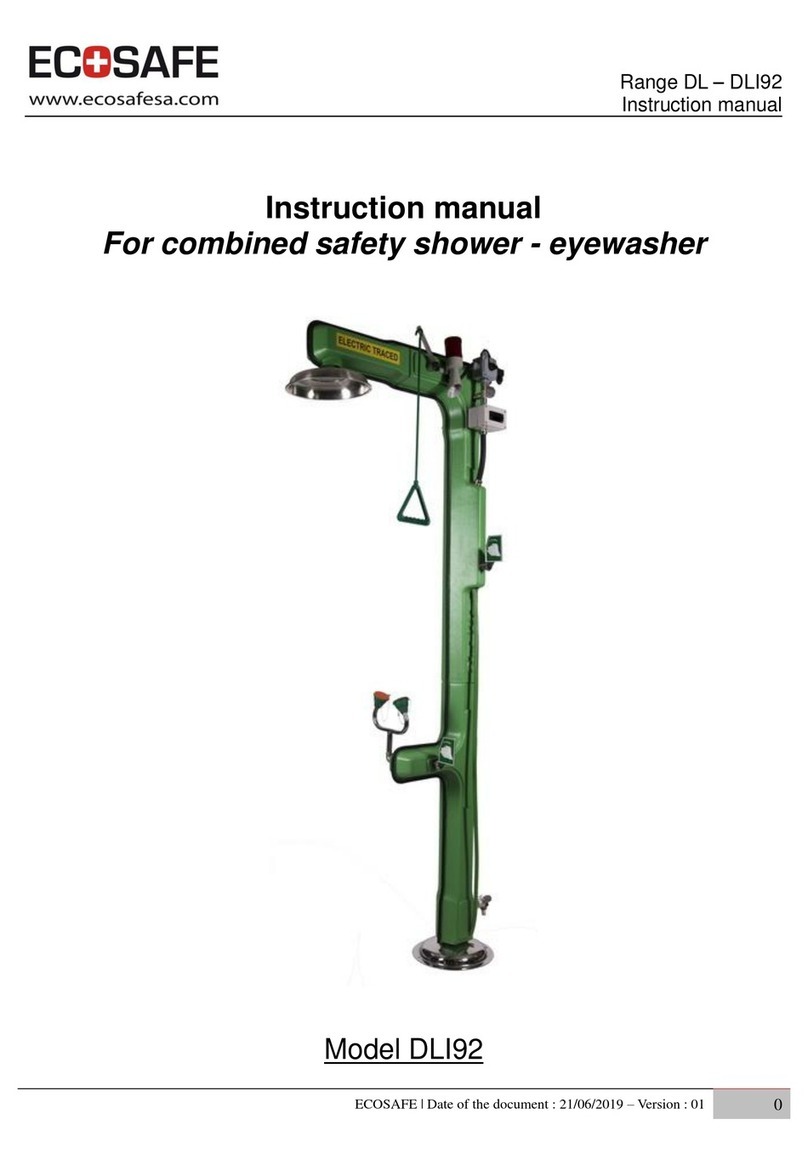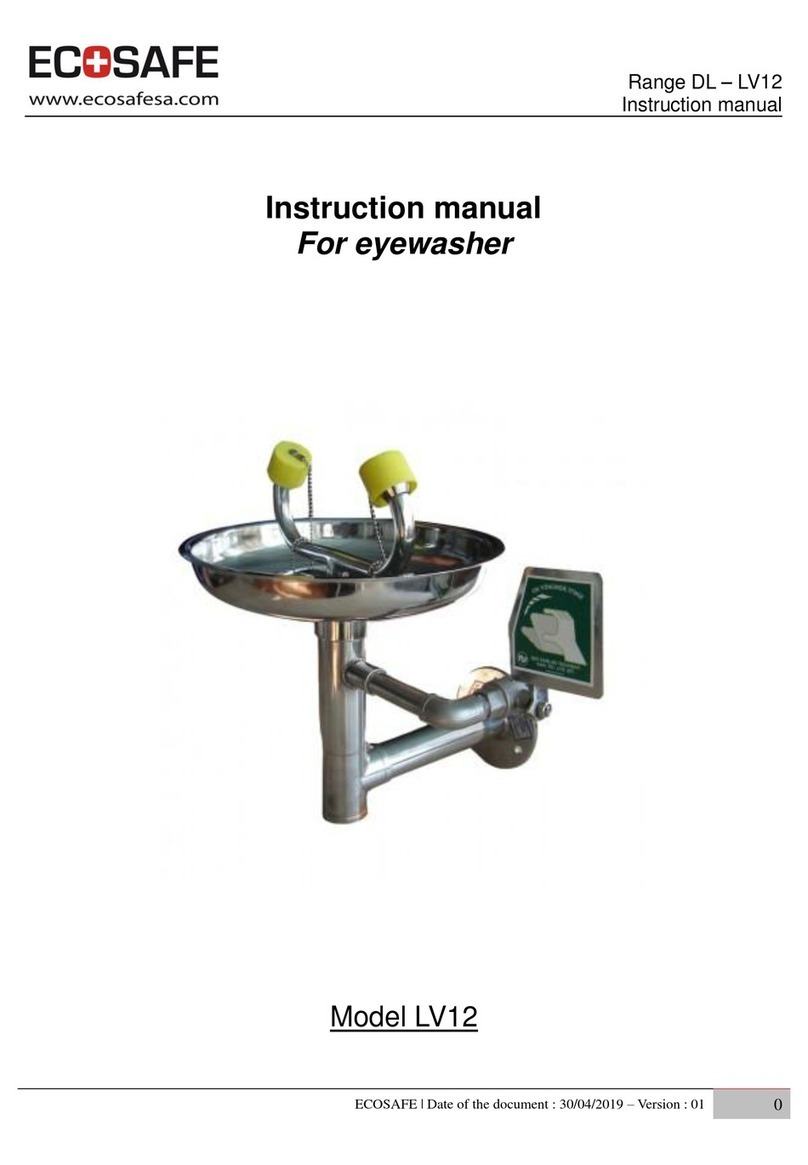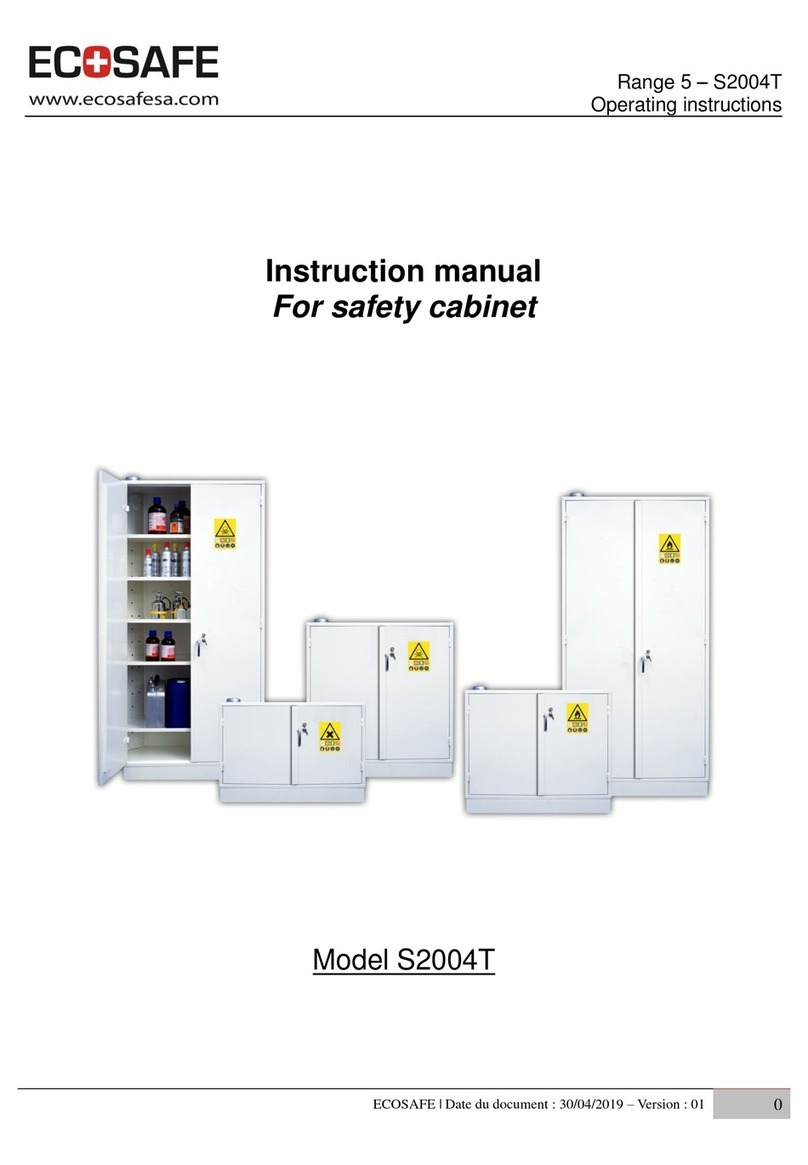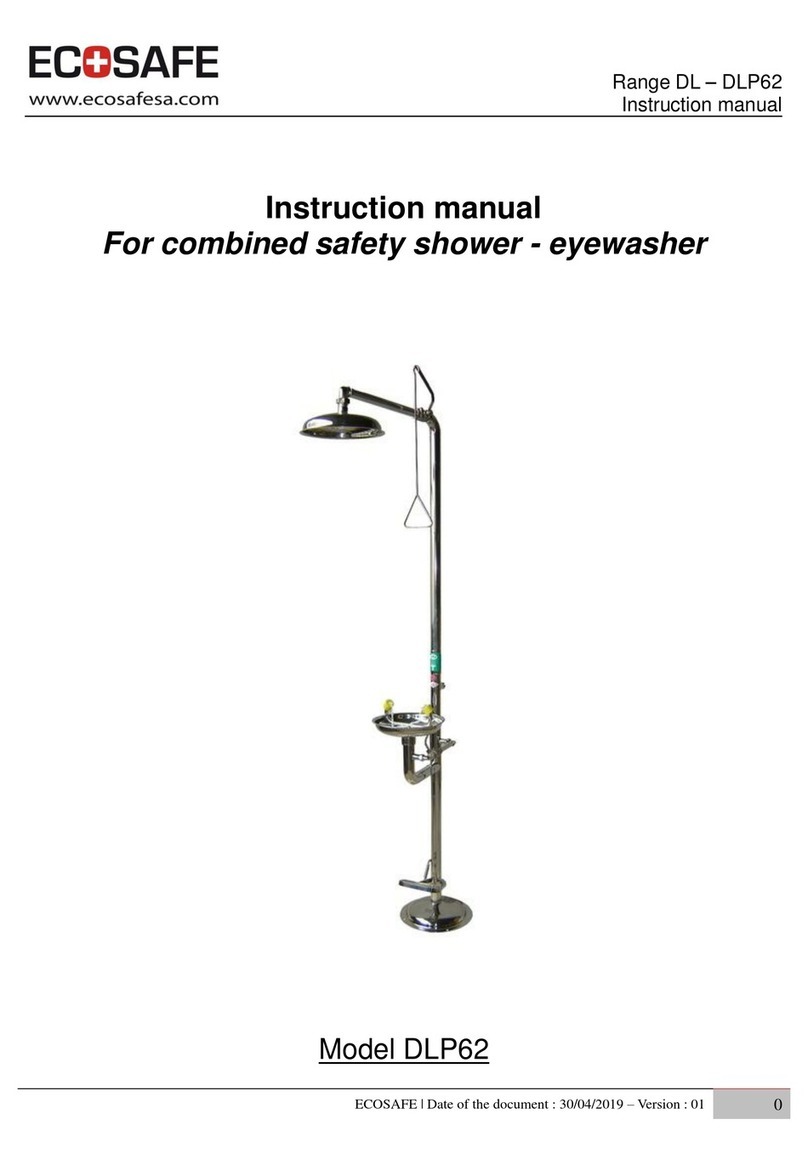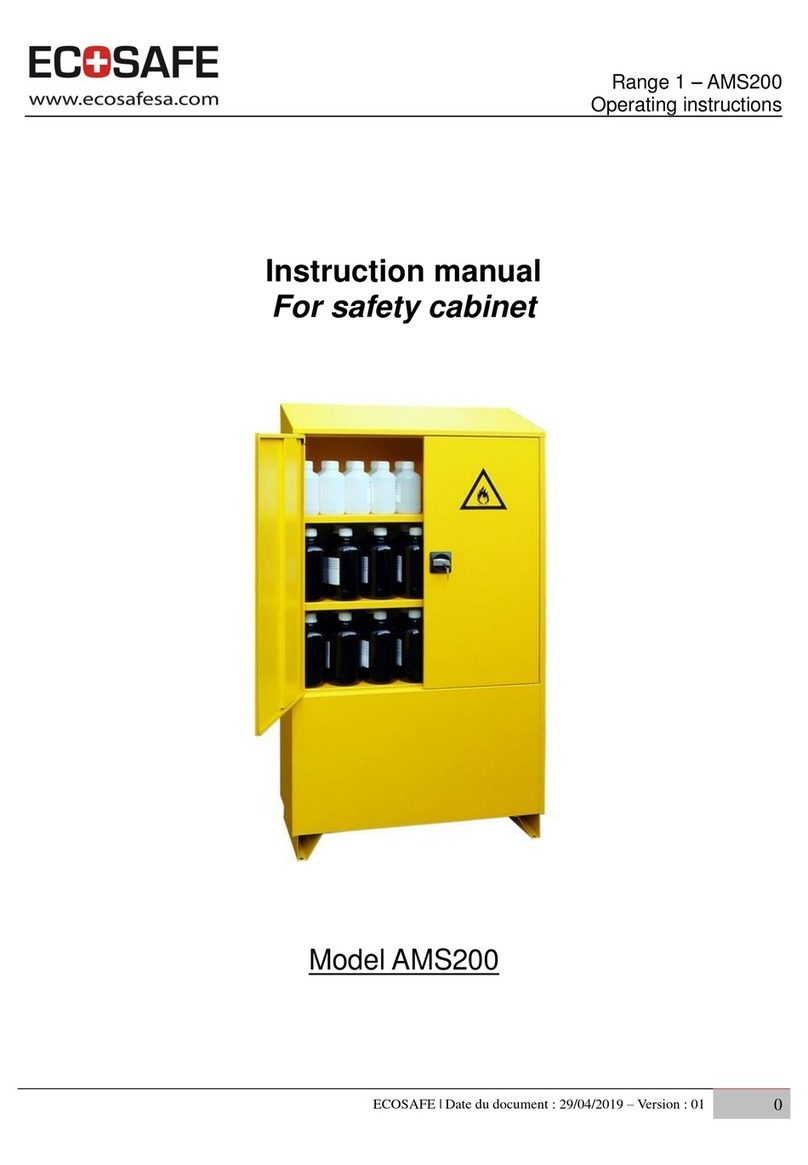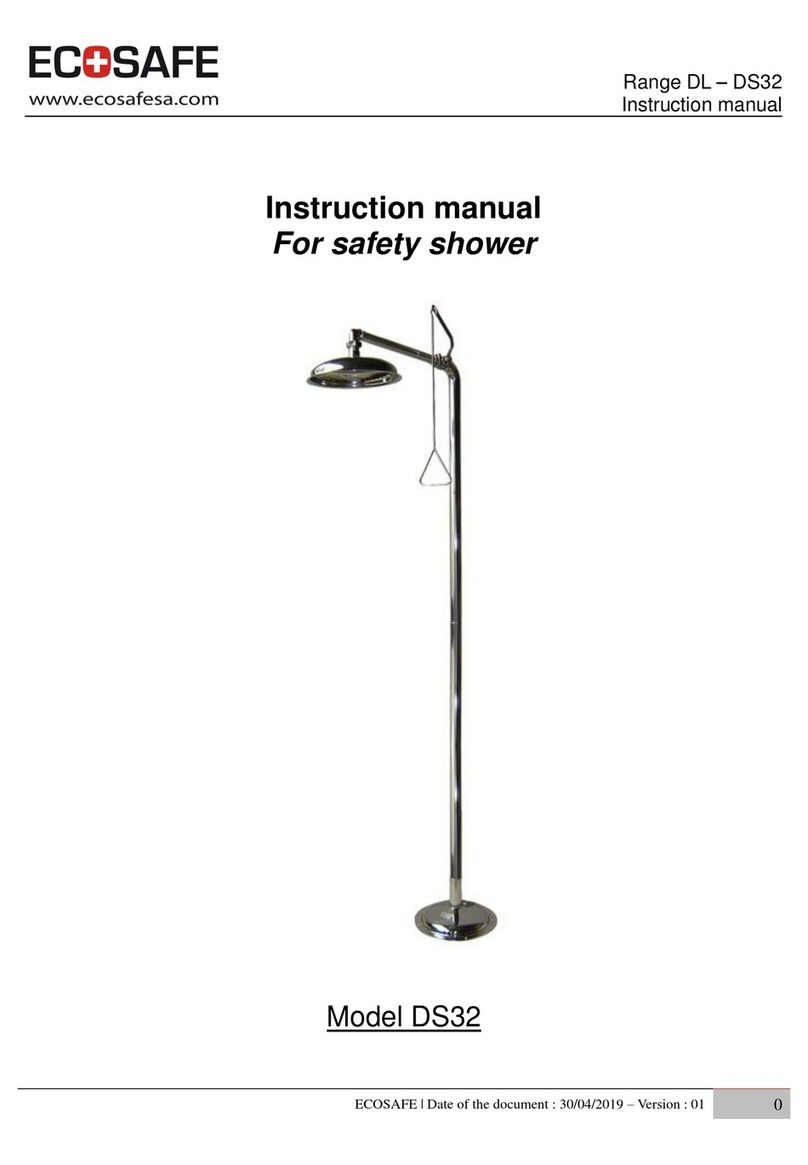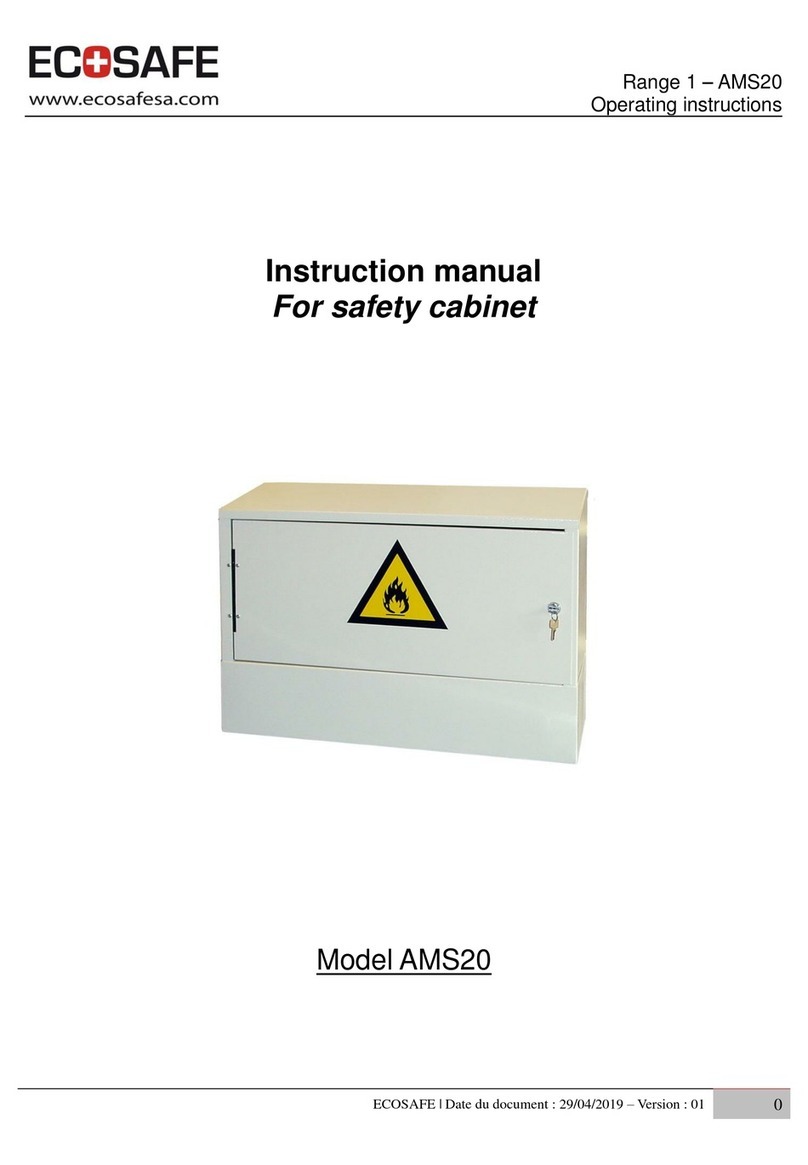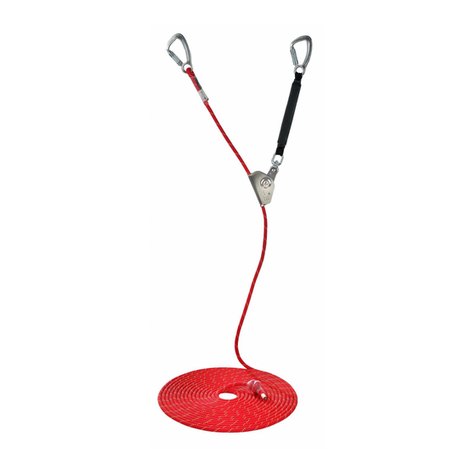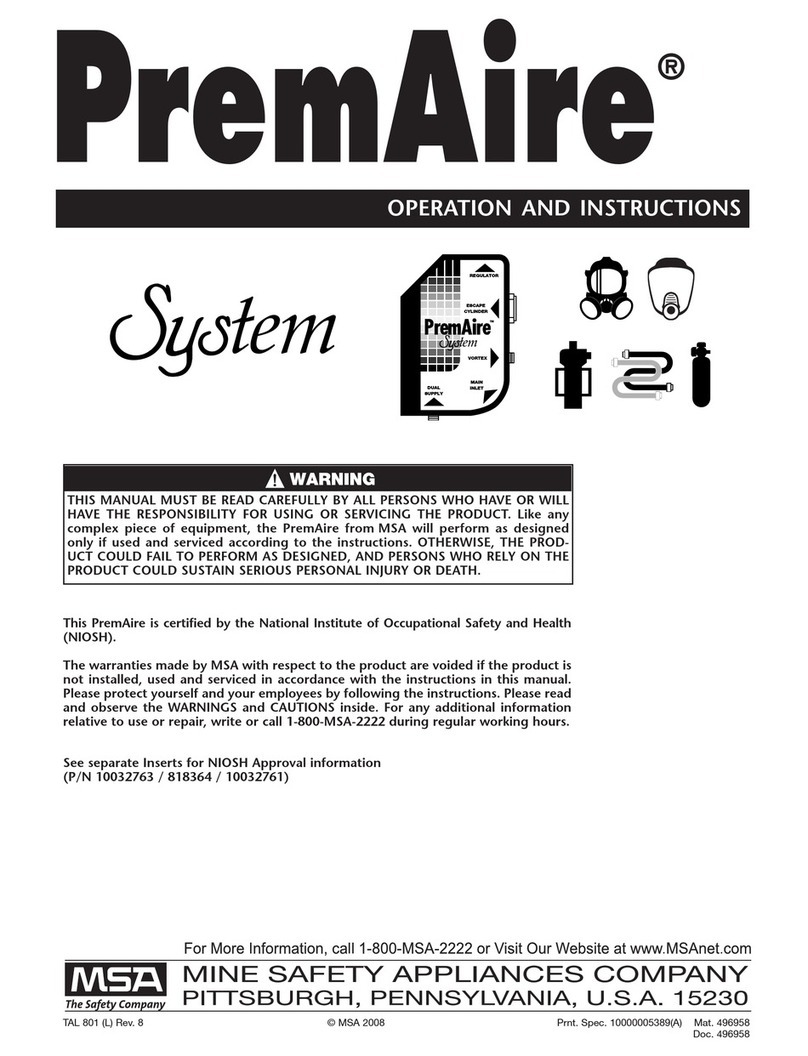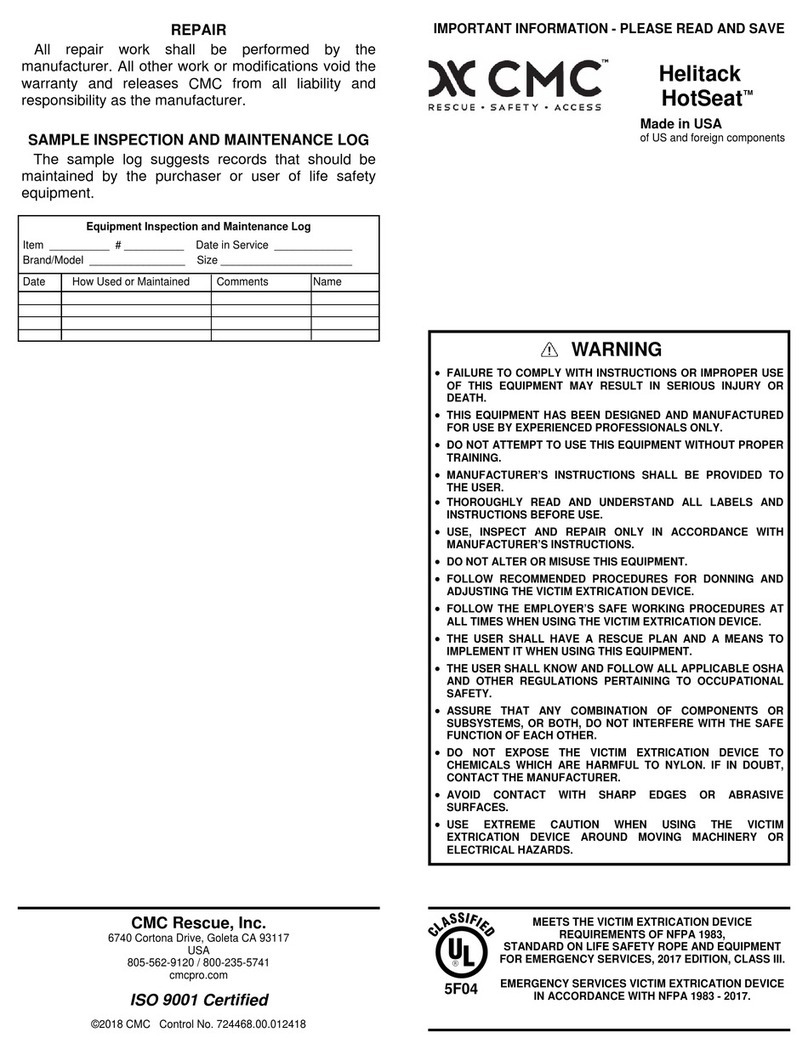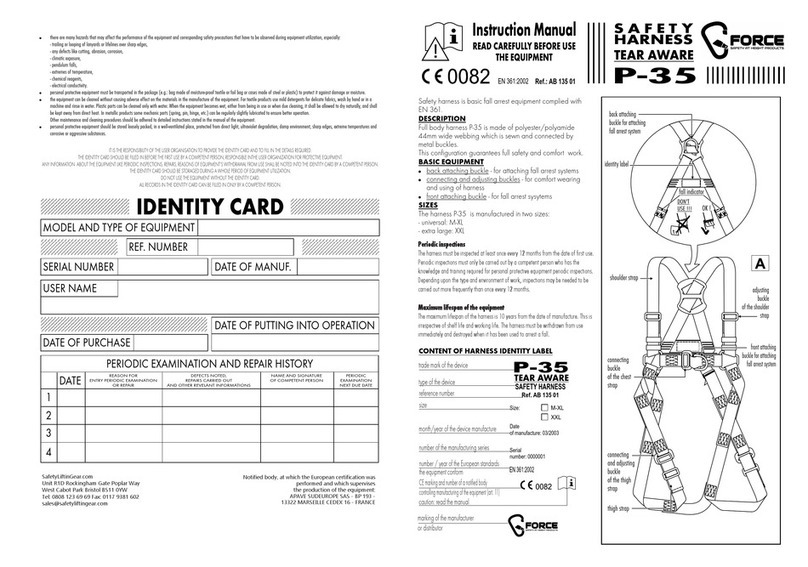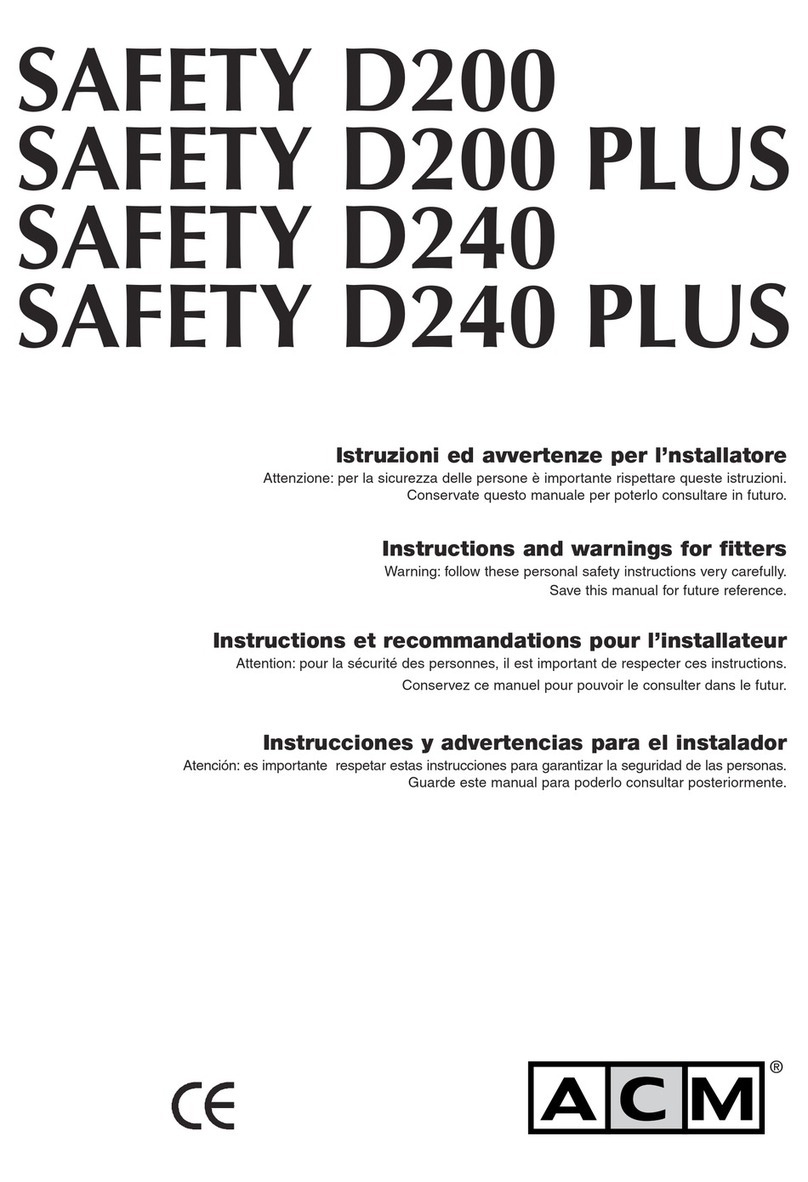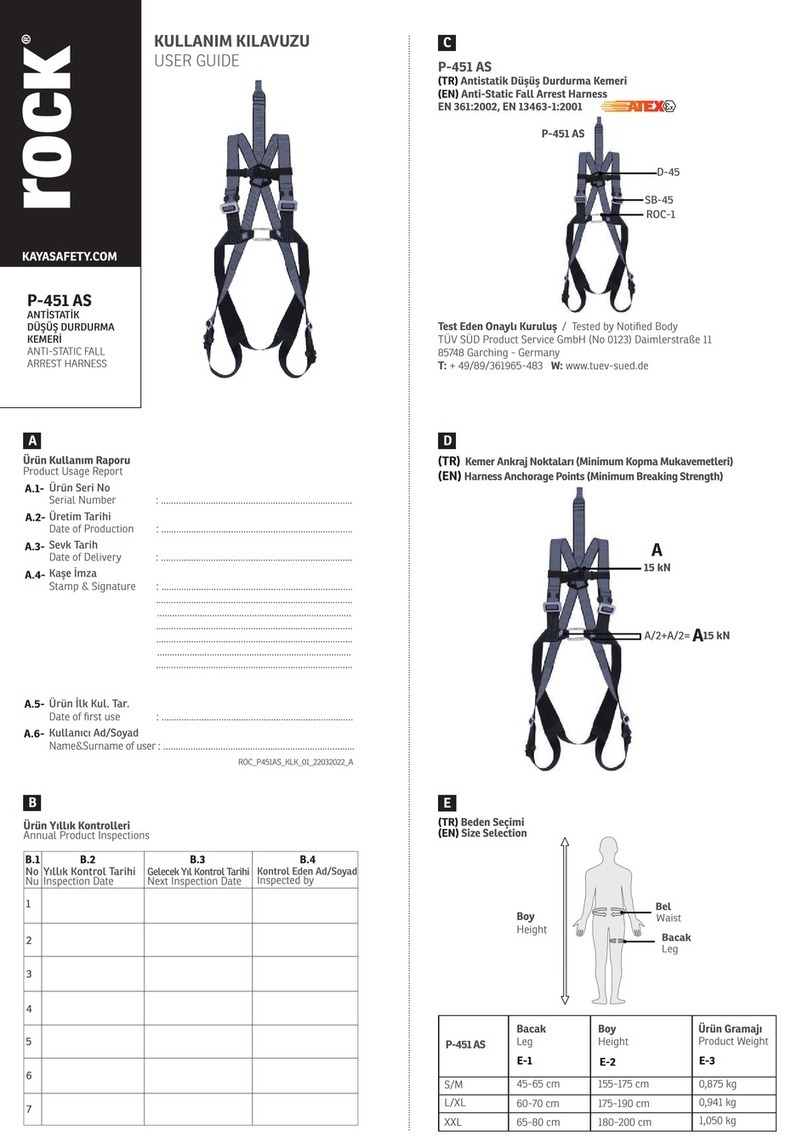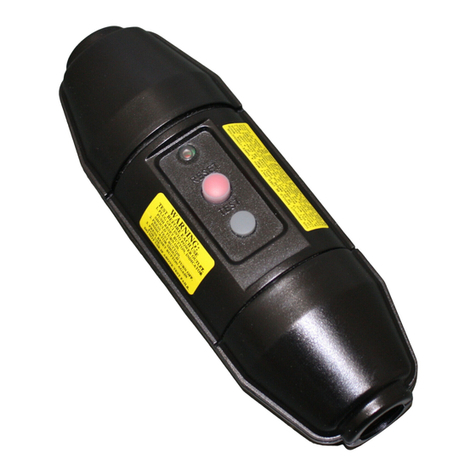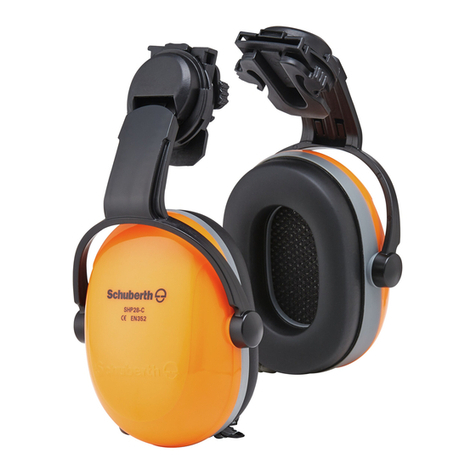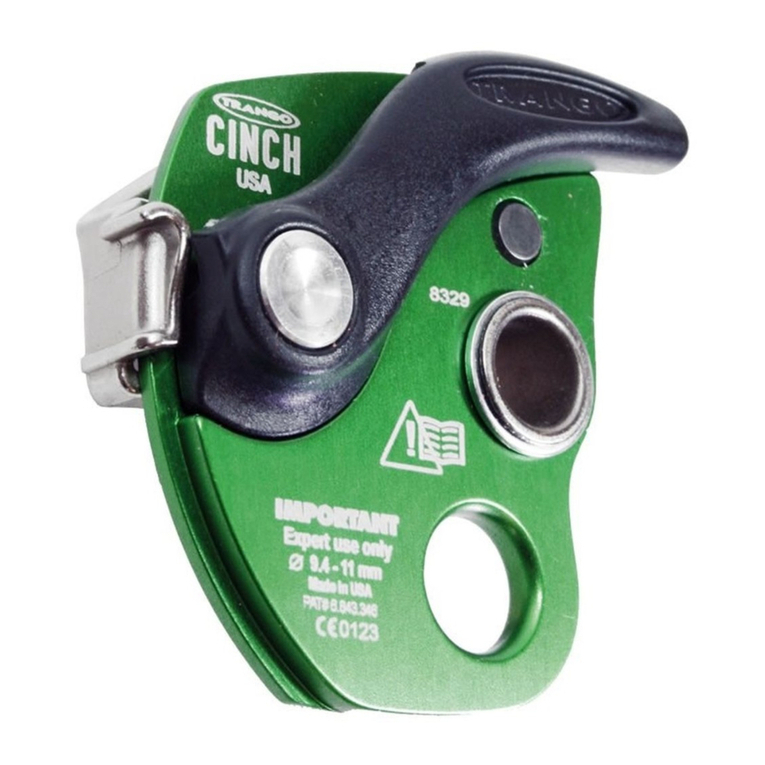The installation location must guarantee :
▪That it is not exposed to any heat source
▪That it is protected against moisture and that the ambient temperature of the location is neither less than 5°C, nor more than
40°C
Transport and handling
The safety cabinet that you received has been protected and transported in optimal conditions, as to be protected from any damage.
It has to be lifted only by suitable equipment (suction cup, strap…). It has to be carried in a vertical position, and it must not be lying.
It is imperative not to tilt the cabinet when it is carried. Indeed it can cause damages that can alter the right functioning of the cabinet.
On the other hand, if it has to be moved, the cabinet has to be placed on a pallet and strapped, as to avoid any fall.
Commissioning
After having unwrapped the cabinet, ensure that you also received a set of two keys.
Your safety cabinet has to be installed, used and maintained as to guarantee the users protection.
4. INTERNAL EQUIPMENTS
The cabinet is provided with 1 perforated shelf. Take care not to exceed the loading capacity per shelf of 20 KG.
The cabinet also has an integrated retention tank, provided with a drain plug positioned under the cabinet.
It should not be used as a storage area. Its retention capacity is 10 liters.
5. STORAGE
Your safety cabinet is exclusively destined to store chemicals in laboratories, industries, schools… in closed containers.
It must not store high concentrated corrosive products.
We remind you that the storage of corrosives can alter the quality of your safety equipment. On the other hand, we remind you that
damages due to a bad use of the equipment and in particular to corrosion won’t be covered by our warranty.
6. SAFETY CONTROLS
Your safety cabinet is a safety equipment. As to guarantee its perfect efficiency, you have to check the equipment regularly.
Daily safety controls :
▪Check if the products (liquids, powders…) have flowed in the containment sumps. If it has, they have to be emptied and
cleaned promptly, with suitable equipment (absorbent mat…).
▪Check that the cabinet and its internal equipments are not corroded.
▪Check that the cabinet does not have any mechanical damages.
▪Check the proper closing of the doors.
▪Check the proper working of the locking system.
